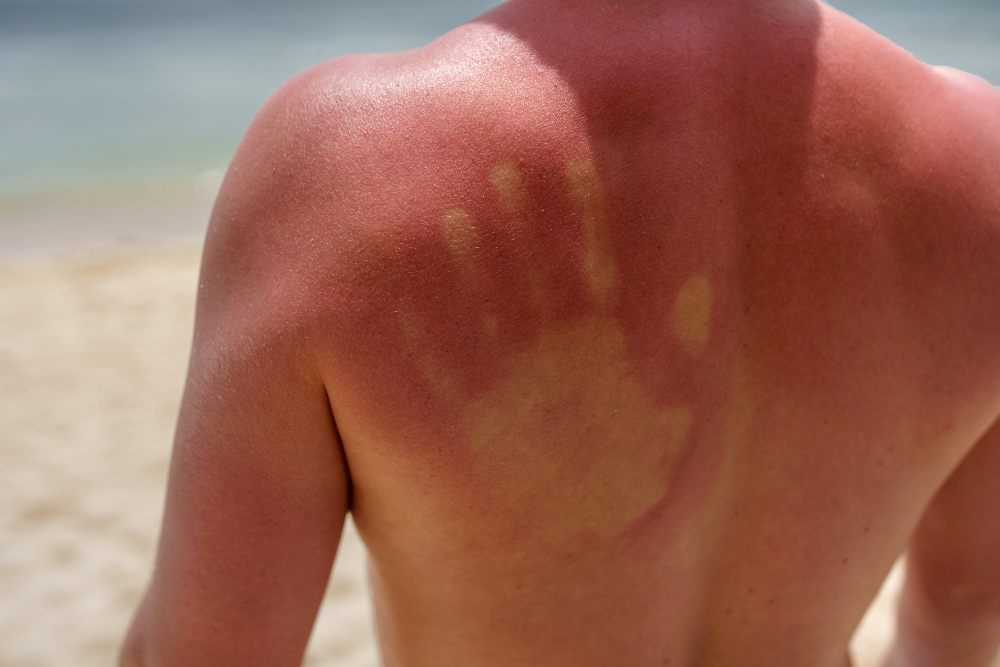
What Are the Degrees of Burns? A Guide to Identifying Burns
So, what are the degrees of burns? If you’ve been wondering how to identify burns, we’ve got the answers for you.
Burns are a common injury that can occur from various sources, including hot liquids, fire, chemicals, and sun exposure. Depending on the severity of the burn, it can range from a minor inconvenience to a life-threatening emergency. Therefore, it is crucial for medical providers in Willowbrook, IL to identify the degree of the burn and determine the appropriate treatment and care.
AFC locations are well-versed in identifying the different degrees of burns. In this blog, we will share the symptoms, treatment options, and factors that determine the degree of a burn. Additionally, we will highlight how to determine when to seek medical attention.
What Are the Different Degrees of Burns?
Burns are classified into different degrees based on their severity, which is determined by the depth and size of the burn. There are three main degrees of burns: first-degree, second-degree, and third-degree. These are also referred to as superficial, superficial partial thickness, deep partial thickness, and full thickness.
First-Degree Burns
First-degree burns are the mildest type of burn, affecting only the top layer of skin (epidermis). They usually heal within a week without leaving scars. Common causes of first-degree burns include sunburn, hot water, or steam.
- First-degree burns appear red and may be slightly swollen, painful, and tender to the touch. The skin may also feel dry or begin peeling.
- Treatment for first-degree burns includes cooling the affected area with cold water or a cold compress, applying aloe vera or a moisturizing lotion, taking over-the-counter pain medication, and avoiding exposure to the sun.
Second-Degree Burns
Second-degree burns affect the epidermis and the layer underneath it (dermis). They may take several weeks to heal and can cause scarring. Common causes of second-degree burns include scalds from hot liquids, flames, and chemicals.
- These burns appear red, blistered, and swollen. They may also be accompanied by severe pain and sensitivity to the touch.
- Treatment for second-degree burns includes cooling the affected area with water, taking over-the-counter pain medication, applying a topical antibiotic ointment, and covering the wound with a non-stick bandage.
Third-Degree Burns
Third-degree burns are the most severe type of burn, affecting all layers of skin and underlying tissues. They require immediate medical attention and can be life-threatening. Common causes of third-degree burns include flames, chemicals, and electric shocks.
- These burns appear black, white, or brown and may be charred or leathery in texture. There may be little or no pain initially, but the area around the burn may be painful.
- Third-degree burns require immediate medical attention. Medical professionals will clean the wound, administer pain medication, and possibly perform skin grafting to repair the damaged tissue.
It is important to note that burns can also be classified as fourth-degree burns if they affect the underlying bone or muscle. However, fourth-degree burns are extremely rare.
Head to our urgent care center in Willowbrook, IL for Minor Burn Treatment
While first-degree burns can typically be treated at home with over-the-counter remedies, it's always better to err on the side of caution and have a medical provider evaluate the burn. Second-degree burns that cover a large area of the body or are located on the face, hands, feet, groin, or buttocks should be evaluated by a medical professional.
Furthermore, should burns present as deeply crimson, shiny, accompanied by extensive blistering, or if the affected skin adopts a parched, leather-like texture, potentially displaying patches of white, brown, or black, it is imperative to consult a healthcare professional.
You should also seek medical assistance promptly if symptoms of infection manifest, such as heightened pain, heightened redness, swelling, discharge, fever, swollen lymph nodes, or the appearance of a reddened streak emanating from the burn site.
If you or someone you know has suffered a minor burn, such as a first-degree burn, consider seeking treatment at AFC. AFC in Willowbrook, IL offers convenient and affordable urgent care services, including burn treatment.
At AFC, medical professionals can evaluate the burn and provide appropriate treatment, including cleaning the wound, applying ointments or dressings, and prescribing pain medication. Our medical staff can also determine if the burn requires a specialist or emergency care referral.
In addition to treatment, AFC in Willowbrook, IL can provide education on proper wound care and follow-up care. This can help ensure the burn heals properly and reduce the risk of infection or scarring.
Don't take any chances with a burn injury. Seek quick professional medical care at an AFC location and get back on the road to recovery as soon as possible!



